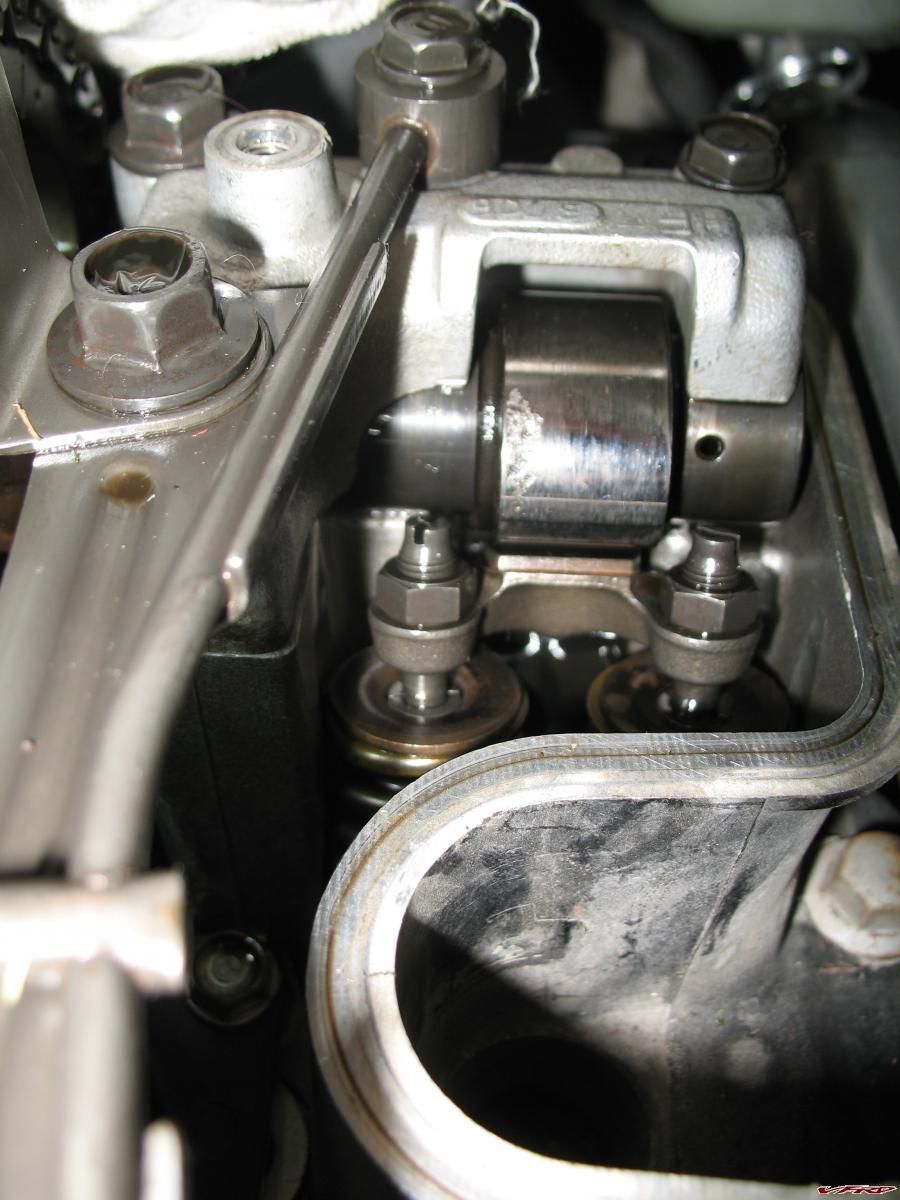- Joined
- Jul 17, 2023
- Messages
- 6
There seem to be a lot of incidences of early cam wear (intake lobes mostly) on the KTM LC8c engine (parallel twin 790 and 890cc). Often under 10k kms.
It seems to be much more common in the ADV bikes using this engine and not the Duke. The ADV is tuned for more low end torque and the Duke for more top end, and use different cam profiles as well. It seems the opening of the valves is very aggressive on the ADV cam profile and maybe this is 1 cause of the issue.
I'm just wondering if there is any potential of oil playing a roll here? The manufacturer recommends full synth 10w50 Jaso MA2. (Motorex PowerSynt 4t usually used)
Lots of theories floating around the web of course.
This guy took pics, the lobes still felt smooth so put them back in and carried on (14 500miles)

This one was 20k kms

It seems to be much more common in the ADV bikes using this engine and not the Duke. The ADV is tuned for more low end torque and the Duke for more top end, and use different cam profiles as well. It seems the opening of the valves is very aggressive on the ADV cam profile and maybe this is 1 cause of the issue.
I'm just wondering if there is any potential of oil playing a roll here? The manufacturer recommends full synth 10w50 Jaso MA2. (Motorex PowerSynt 4t usually used)
Lots of theories floating around the web of course.
This guy took pics, the lobes still felt smooth so put them back in and carried on (14 500miles)
This one was 20k kms

